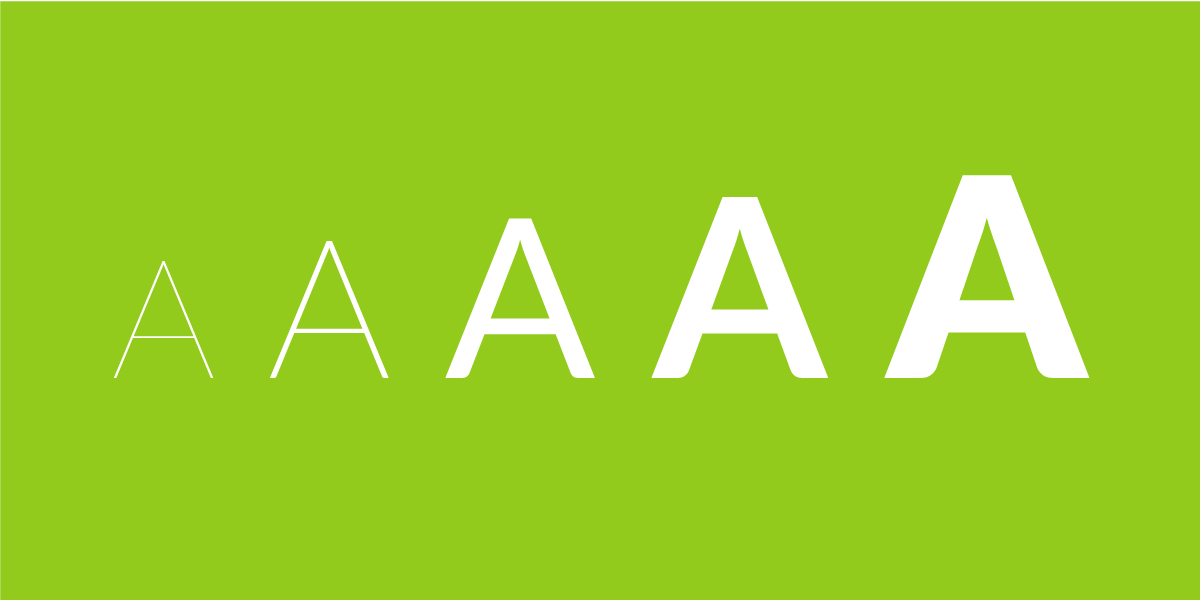
The case for evolution: why evolving your brand is better than blowing it up.
Re-branding can be fun. But it’s not fun like jogging with a wiener dog, it’s fun like being wide open on a Ducati 959 Panegali. That is to say, it’s a bit terrifying, and if something goes wrong, there are going to be serious consequences. Which is why I’d like to suggest a *different* approach. Instead of completely transforming everything about your brand like Shazam, allow your brand identity to change slowly and gradually in relationship to its environment.
Let it evolve.
Reason 1: You won’t leave your audience behind.
This is really, really, important. (Which is also why it’s first on the list.) You have an audience that knows who you are. They recognize your wordmark. They recognize your cool little glyph. They MIGHT even think of your organization when they see your brand colors. (If so, take a bow, because you’re clearly doing a lot of things right.) That awareness and recognition have enormous value. Their awareness of your brand is education that you don’t have to do. It’s like communication teleportation: one second, your audience is thinking about Fish Tacos, than — kazam — they see your brand identity and they’re thinking about you. With the continuing erosion of the average attention span, you want to make things quick and easy for your clients, your partners and vendors, your peers, and your market segment.
Reason 2: You can more easily course-correct.
Genetically speaking, Evolution is gradual and it’s not a straight line. Nature makes small changes. Some of those changes work, and some of them don’t. The same goes for your branding. You can make a small change and evaluate it. Maybe you’ve always used circles for your unordered lists. It’s not a big deal to update your style sheet and give squares a try. And if it’s not working, you can pretty easily and quickly roll it back, without creating a brand firestorm [See exhibit A, The Gap and exhibit B, Instagram]
Reason 3: You aren’t crushed by the workload or the cost.
Even if you have elected to hire a highly talented branding agency or designer (which I strongly recommend), a total rebrand means throwing away thousands of dollars of letterhead, collateral, dimensional signage, and all those low-grade Chinese USB drives with your logo haphazardly silkscreened on the front. Back to my point: By making gradual changes, you avoid taking on a significant invest of time and financial resources. (You wanna blow up your quarterly financial performance? Rebrand your company.)
Don’t listen to me, listen to Quaker Oats
Big brands understand this very well. Which is why in the last 140 years, the Quaker Oats logo has evolved from a picture of a guy in a funny hat to … a DIFFERENT picture of a guy in a funny hat. Big B2B and B2C brands are continually changing their brand. But they do so cautiously, to preserve the brand equity they’ve created, which can be a significant slice of the balance sheet.
Yes, MINDSCAPE is evolving its branding.
Yes, we’re taking the advice we’re giving. (In marketing parlance, this is known as “eating your own dog food,” which is an absolutely fantastic idiom.) The MINDSCAPE brand is evolving. We’re making incremental adjustments to our materials, both online and offline. We’re not walking away from who we are, we’re getting closer to accurately explaining who we are. It’s most evident in our presentation decks, which get subtle improvements every time we present a new plan, or pitch new business.
Another example of our brand evolution is our domain name. When MINDSCAPE began, we couldn’t get Mindscape.com because a certain international game developer had it. Since we provided solutions for our clients, we chose “MindscapeSolutions.com” as our domain name. Because of this, a lot of people assumed that the name of our shop was “Mindscape Solutions.” So a few months ago, we changed our domain name to “WeAreMindscape.com” — another step forward in the evolution of our brand. We’ve update our Instagram and Twitter handles to reflect this change.
So where does evolution begin?
There’s no one right answer, but here are a few suggestions for where a gradual shift in your brand identity can take place.
- Web typography. Adjusting the weight, size, alignment of your type shift the perception of your brand. Are your paragraphs ragged right or fully justified? Is the font weight of your headings 300 or 700? And because it’s digital, you don’t have to throw away five cartons of glossy four-color brochures with embossing, spot varnish and foil stamping.
- Email templates. (You DO use email templates, don’t you?) Let’s face it: email is not a big commitment for your audience. Heck, if they open it, you’re doing better than a lot of people. So its short shelf life makes it a good place to test changes to your branding.
- Landing pages. (You DO use landing pages, don’t you?) Because they exist outside of your navigation and are tailored to a specific audience with a specific objective, custom landing pages are an excellent laboratory to test revisions in style, color, imagery, and messaging.
Evolve or die. (Your choice.)
This axiom of modern business is especially applicable to branding. To retain its value, your brand has to remain relevant with your customers and within the marketplace. The good news is that you can do so gradually, over time.




